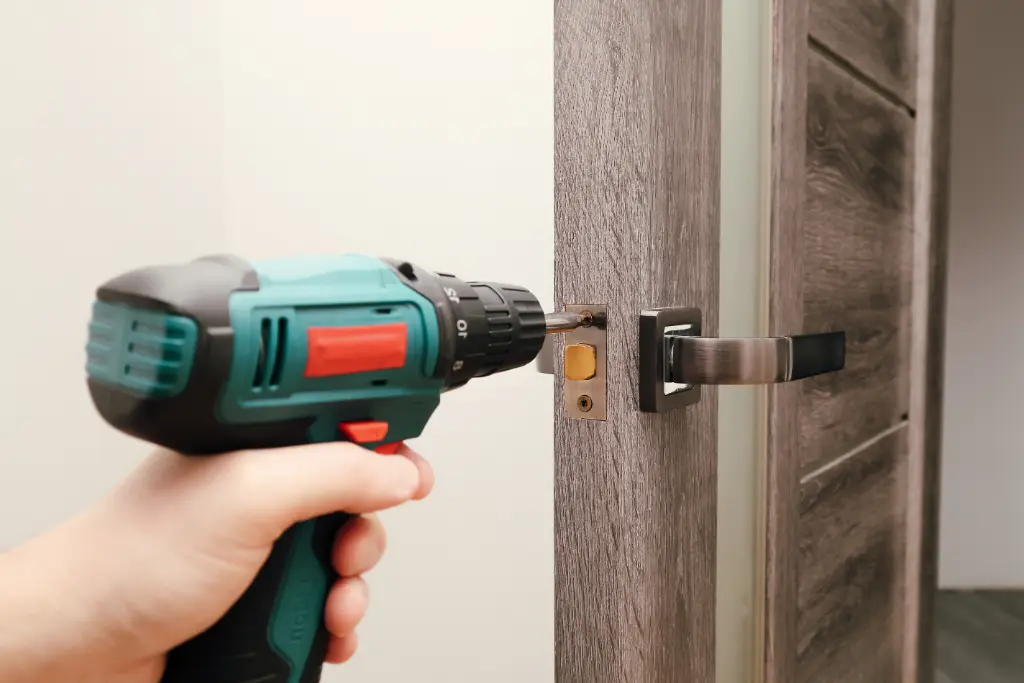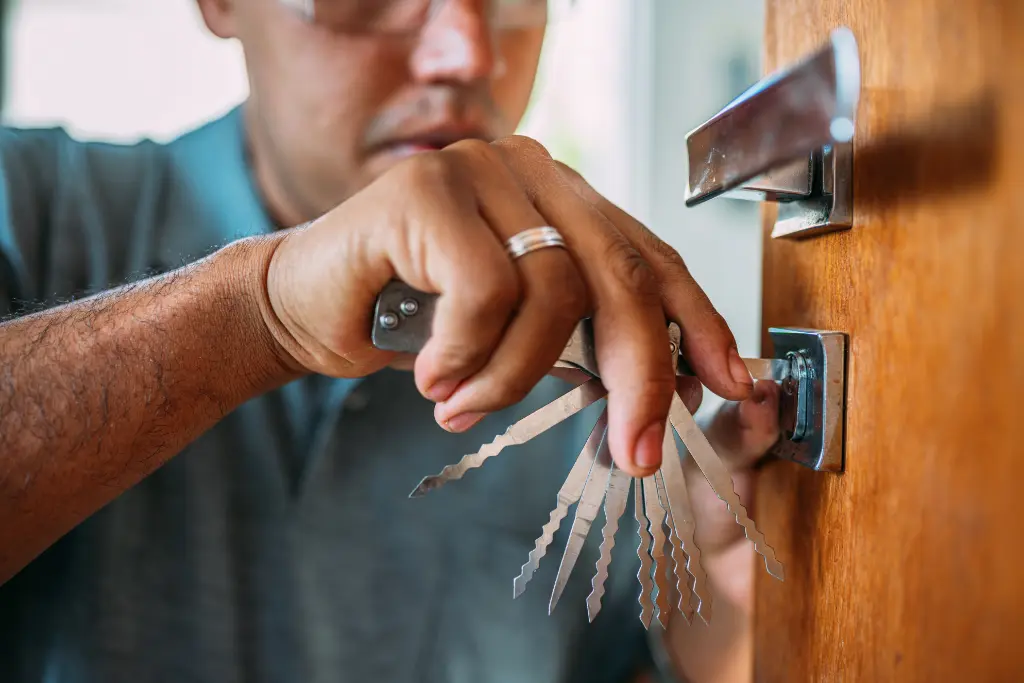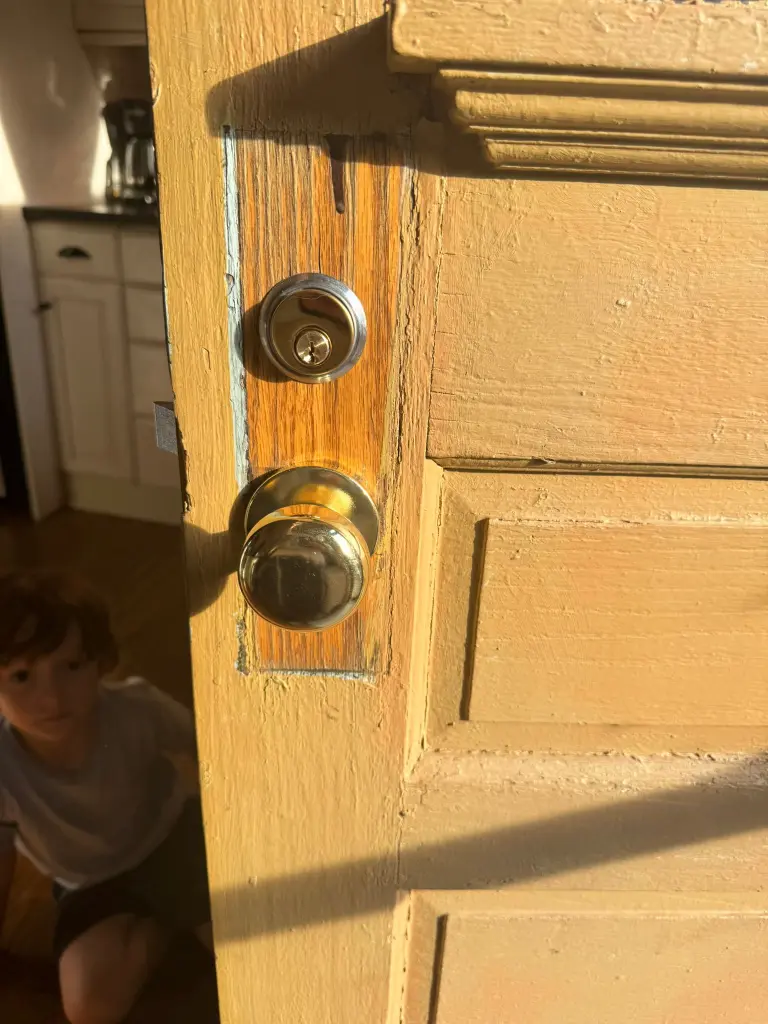Ever wondered what happens when you turn that key or push that button to start your vehicle? The magic behind that smooth roar of your engine lies in the car ignition. This vital component ensures your ride springs to life when needed. Without it, you’d be stuck with a metal box on wheels that doesn’t move! Let’s dive into how this essential mechanism works and why understanding it can save you from unexpected troubles.
What Is A Car Ignition System and Why Does Your Car Need One?
Your vehicle’s car ignition is basically its heartbeat initiator. It provides the initial spark needed to convert fuel into energy that powers your ride. Think of it as the morning alarm clock for your engine.
Without this crucial car ignition, your vehicle would just sit there looking pretty but going nowhere. The starter creates the electrical spark that ignites the fuel-air mixture in the engine cylinders. This starts a chain reaction that brings your motor to life. Understanding how it works can help you spot issues before they leave you stranded in a parking lot!
Key Components of Your Car Ignition System
The car ignition setup in your vehicle consists of several important parts working together seamlessly. Each component plays a vital role in getting your ride running smoothly.
The main parts include the battery, starter motor, spark plugs, distributor (in older models), and of course, the key mechanism or start button. Modern vehicles may also include electronic control modules that manage the entire process. These components form a carefully orchestrated team that springs into action every time you need to hit the road.
Understanding the Ignition Switch and Lock Cylinder
The switch and lock cylinder are what you interact with directly when starting your vehicle. These components are essentially the gatekeepers of the process.
The lock cylinder is where you insert your key, while the switch is the electrical component that activates when you turn that key or push the start button. These parts work together to send the initial signal to your battery and starter motor. When they malfunction, you might find yourself unable to start your ride or, worse, dealing with security issues like theft vulnerability.
How a Conventional Ignition System Works to Start Your Car
When you turn your key, you set off an impressive sequence of events in your car ignition that brings your vehicle to life. Here’s what happens in those split seconds:
- Your battery sends electrical current to the starter motor
- The starter motor engages and turns the engine over
- Spark plugs receive electrical signals and create sparks
- These sparks work with the fuel-air mixture in the cylinders
- The engine combustion process begins and sustains itself
This entire process happens almost instantly! Modern vehicles have refined this sequence with electronic controls that optimize timing and efficiency. The result is the reliable start-up you expect every morning when heading to work.
Common Ignition Starter Problems and Troubleshooting Tips
Ever turned your key only to hear clicking sounds or nothing at all? Several common issues can plague your automotive ignition keys. Knowing the warning signs can save you from being stranded.
Dead batteries are the most frequent culprit, but worn starter motors, damaged switches, and corroded connections can also cause problems. If your engine cranks slowly or you hear grinding noises during startup, it’s time for a checkup. Another telltale sign is when dashboard lights come on but nothing happens when you turn the key. These symptoms typically indicate it’s time for maintenance or repairs.
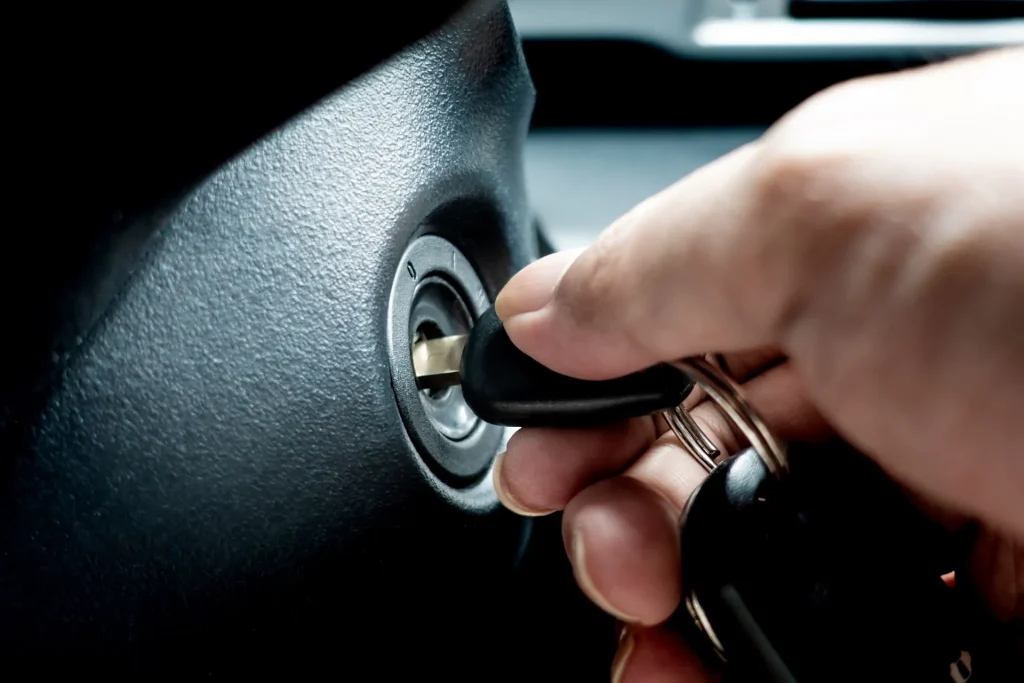
Maintaining Your Ignition: Should You Choose A Locksmith?
Regular maintenance of your car ignition coil components extends their lifespan and prevents unexpected failures. But who should handle these sensitive parts?
While general mechanics can address many starter issues, locksmiths specialize in the security aspects of your key mechanism. They’re particularly helpful for problems with the lock cylinder, key fobs, or security features. For comprehensive care, consider partnering with both professionals. They excel at key-related concerns while mechanics handle the electrical and mechanical components. This tag-team approach ensures every aspect of your starter system remains in top condition for years to come!
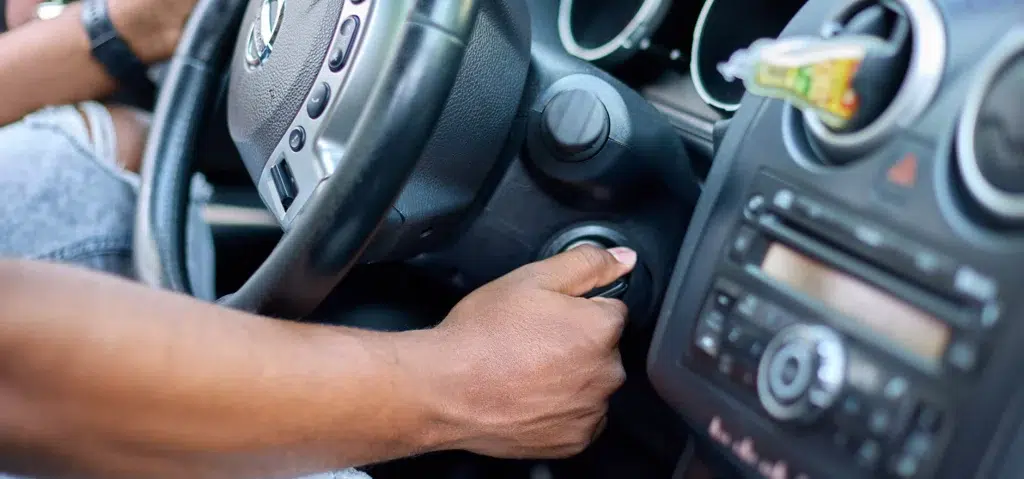
FAQs
How does a car ignition switch work?
Your starter switch works by activating the electrical system when turned. First, it powers up the fuel pump, then sends current to create high voltage at spark plugs. This carefully timed process rotates the crankshaft and brings your engine roaring to life!
Do I need to get a new ignition system?
If you’re experiencing consistent starting failures, dashboard warning lights, or hearing unusual clicks, replacement might be necessary. Check if your key feels loose in the ignition lock. Complete electrical system diagnostics can determine if a full replacement is truly needed.
Do I need to repair my car ignition system?
Regular maintenance prevents major issues. Warning signs include: engine not turning over, dashboard lights flickering, or key sticking in the ignition lock. Address these problems early! A qualified mechanic can often repair components rather than replacing the entire electrical system.

